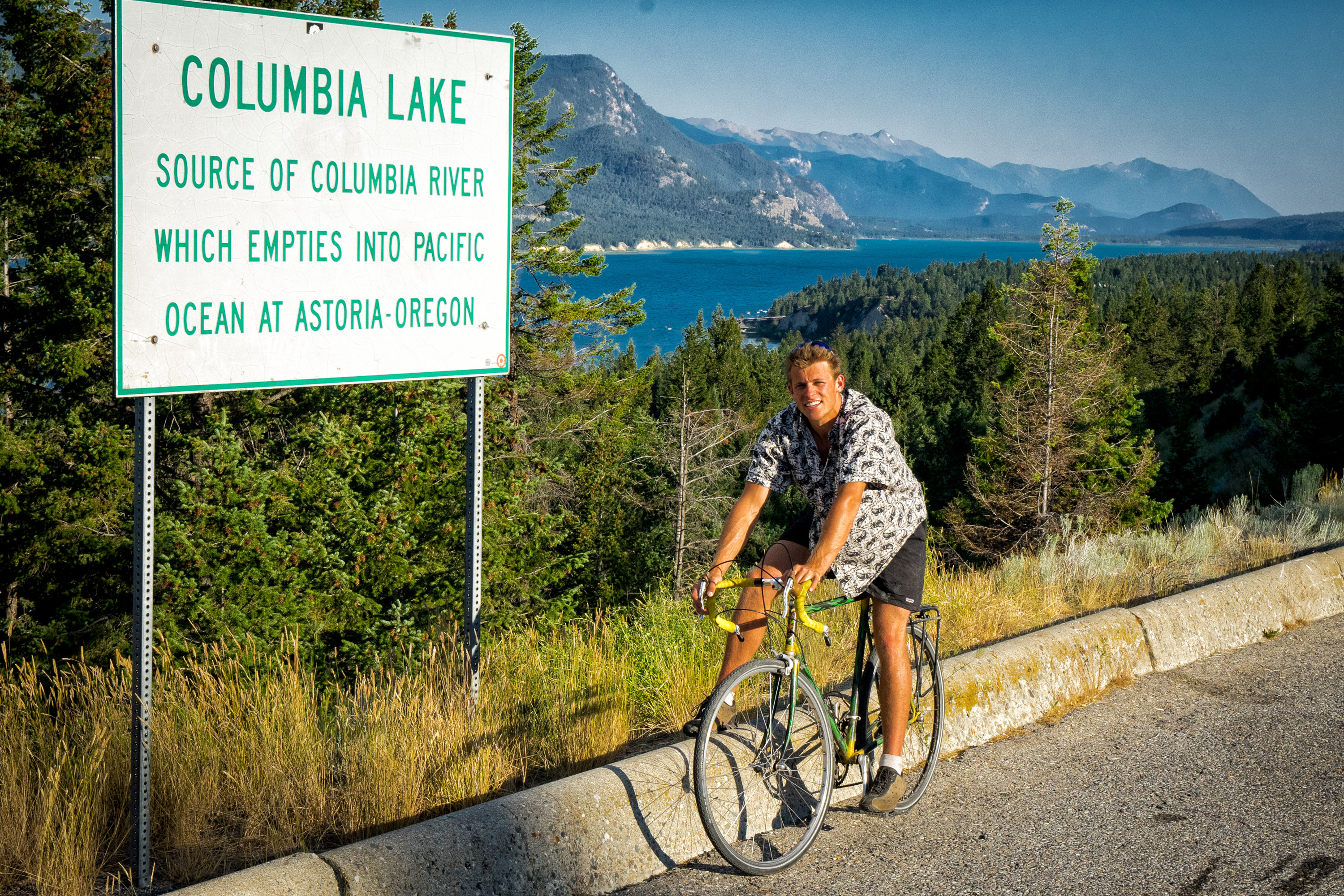
Once among the world’s richest salmon rivers, today the Columbia is the most dammed river system in the world and is managed as an “organic machine.” The capstone of the dam-building era was the Columbia River Treaty (CRT), negotiated in the 1950s without input from tribes and First Nations who depend on salmon. Now, the U.S. and Canada are coming back to the negotiating table with a once-in-a-lifetime opportunity to change how both countries can jointly manage the Columbia River.
The CRT was originally formulated like a narrow “business contract”. Among other provisions, the U.S. paid Canada to build dams (flooding forested and fertile valleys, displacing thousands of people and devastating wildlife) to control cross-border river flows to maximize American hydropower generation and prevent downstream flooding — primarily in the Portland/Vancouver WA metropolitan area. To this day, the Treaty has only two purposes: hydropower and flood risk management. For other important ecological issues like salmon restoration and river health, the Treaty remains silent.
Now, the U.S. and Canada are negotiating changes for the Treaty’s future. For those of us who support healthy ecosystems, Indigenous rights, an educated public, and transparent government, this is an important opportunity to work towards a better future. In particular, the State Department (which leads the negotiation) needs to hear from people willing to speak up for these values at its quarterly “Treaty Townhalls”.
To support this process, the Sierra Club’s Columbia River Team is excited to introduce Graeme Lee Rowlands who will be helping us with our advocacy efforts.
Though it drains a watershed the size of France and is often deemed “mighty”, the Columbia begins its 1200+ mile journey to the sea from a tiny spring in southeastern B.C. In 2017, Graeme spent six weeks traveling by bicycle and kayak along the river from the ocean all the way to its humble headwaters. Throughout his journey, Graeme talked to people he met about the Treaty, which continues to define transboundary relationships between the people and governments that share this watershed.
Last month, Graeme was hired as the new Columbia River Treaty coordinator for the Save Our Wild Salmon (SOS) Coalition, of which Sierra Club is a member. His work will include supporting the Sierra Club’s NW state chapters – Washington, Oregon, Idaho, Montana – and Sierra Club BC in building Sierra Club’s “Columbia River Team.” Graeme’s work with the Ethics and Treaty Project (an environmental justice initiative supported by Sierra Club) will also continue with the 2020 “One River, Ethics Matter” conference planned for eastern Idaho.
2020 will be an important year for environmental and social justice work in the Columbia Basin as Treaty negotiations continue alongside debates about restoring the lower Snake River by removing four dams and returning salmon above Grand Coulee dam back to the Upper Columbia River. The Columbia River Team is committed to keeping the public informed and working towards a new transboundary relationship that treats the Columbia not as a machine, but as a river.
Photo caption: Graeme Lee Rowlands near the headwaters of the Columbia River in British Columbia after completing his sea-to-source bicycle and kayak journey. Picture credit to Pat Morrow.
Visit our website: Sierra Club’s Columbia River Team
To help: Contact Graeme Lee Rowlands (gleerowlands@gmail.com) or John Osborn (john@waterplanet.ws)